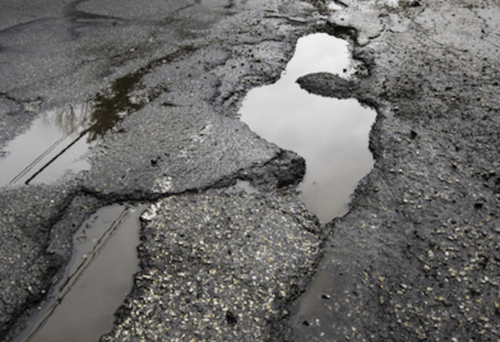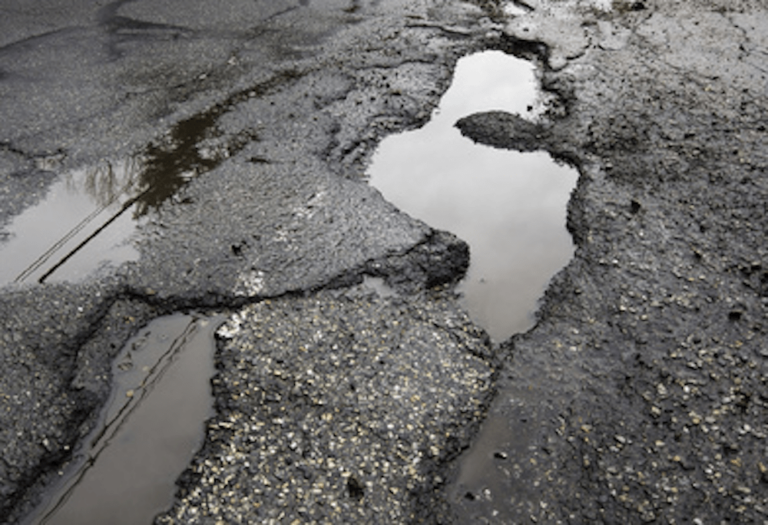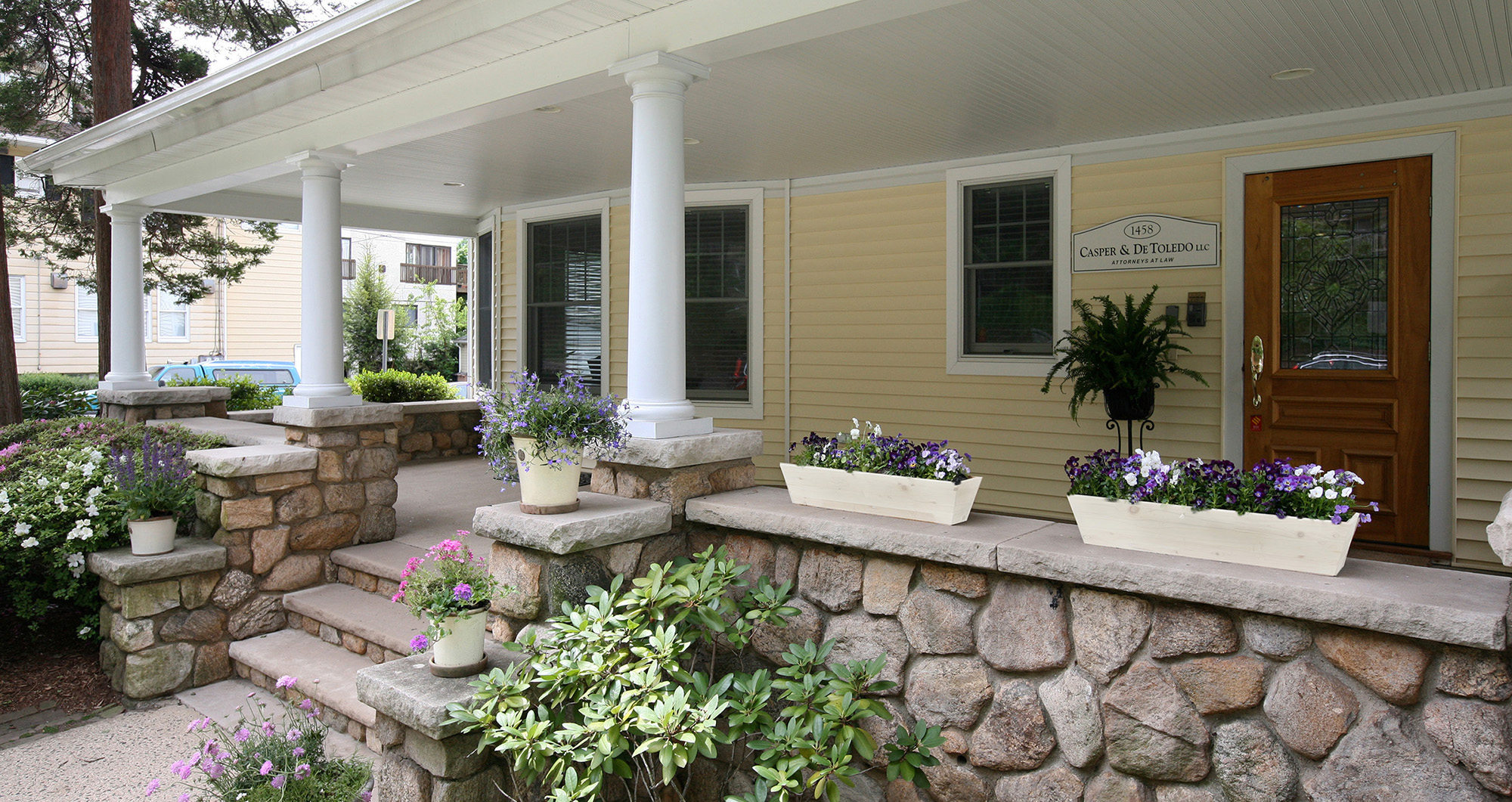
Navigating the aftermath of sidewalk injuries in Connecticut can be a complex process. Understanding who bears the responsibility is crucial for victims seeking justice and compensation. Please continue reading and reach out to a dedicated Stamford, Connecticut slip & fall lawyer from Casper & de Toledo to learn more about sidewalk injury liability in CT and how our legal team can help if you’ve been hurt due to no fault of your own. Here are some of the questions you may have:


What Are the Most Common Causes of Sidewalk Accidents?
A “sidewalk injury” typically refers to harm sustained by individuals due to irregularities or hazards on public walkways. These injuries may arise from various causes, ranging from uneven surfaces to slippery conditions due to snow or ice. Legal responsibility in these cases hinges on specific factors, such as the location of the sidewalk and the nature of the hazard.
Who is Liable for Ice- or Snow-Related Sidewalk Injuries?
Under Connecticut law, the question of liability in ice- or snow-related sidewalk injuries is nuanced. Typically, municipalities have the responsibility to maintain public sidewalks in a reasonably safe condition. However, the specifics can vary based on local ordinances. In some cases, property owners adjacent to sidewalks are obligated to remove snow and ice within a defined timeframe. Failure to comply can lead to the property owner being held liable for accidents and injuries resulting from their negligence.
Municipal Liability Is Contingent upon Timely Filing of Statutory Notice (NO EXCEPTIONS).
A sidewalk defect claim, regardless of whether a structural problem or an icy condition, fall under Connecticut’s defective highway statute (don’t ask for an explanation – just accept it). Conn. Gen. Statute §13a-149 provides:
Any person injured in person or property by means of a defective road or bridge may recover damages from the party bound to keep it in repair. No action for any such injury sustained on or after October 1, 1982 shall be brought except within two years from the date of such injury. No action for any such injury shall be maintained against any town, city, corporation or borough, unless written notice of such injury and a general description of the same, and of the cause thereof and of the time and place of its occurrence, shall, within ninety days thereafter, be given to a selectman or the clerk of such town, or to the clerk of such city or borough, or to the secretary or treasurer of such corporation. If the injury has been caused by a structure legally placed on such road by a railroad company, it, and not the party bound to keep the road in repair, shall be liable therefore. No notice given under the provisions of this section shall be held invalid or insufficient by reason of an inaccuracy in describing the injury or in stating the time, place or cause of its occurrence, if it appears that there was no intention to mislead or that such town, city, corporation or borough was not in fact misled thereby. (bold supplied).
The extraordinary burden that exists in defective highway or sidewalk cases is that the governmental responsibility must be the “sole proximate cause” for the injury. The requirement of sole proximate cause means that no other party can be even 1% responsible for causing or contributing to the injury.
A relatively common cold-weather nuance for claims resulting from icy sidewalk defects occurs when either the abutting property owner, an employee, or a snow removal contractor negligently moves snow to a position where it should be foreseeable that melting and refreezing can cause icy surfaces. In that case, liability may shift to another party.
Because of the ninety- (90) day Notice requirement in Conn. Gen. Statute §13a-149, the best practice is always to issue the statutory notice and sort out the potential responsibility of non-governmental actors later.
Are Property Owners Responsible for Other Sidewalk Hazards?
Beyond snow and ice, other hazards can pose risks on sidewalks. Property owners might be held accountable for injuries caused by such hazards, depending on the situation. These hazards include, but are not limited to, uneven pavement, protruding roots, or unaddressed spillages. Determining liability often requires an assessment of whether the property owner knew or should have known about the hazard and failed to take appropriate action. While property owners may not be directly responsible for the deterioration of an abutting sidewalk, it may be useful to report such disrepair to the local agency responsible for maintenance of sidewalks (Department of Public Works, Highway Department), or even the municipality’s legal department. Such reports may prompt acceleration of planned or unplanned maintenance and reduce the risk of injury to pedestrians.
Victims of sidewalk injuries should seek legal counsel to navigate these complexities. A skilled attorney can help in identifying the liable party and pursuing the appropriate course of action.
If you have any additional questions or you believe you may have a valid premises liability claim after a sidewalk accident injury, please don’t hesitate to contact Casper & de Toledo today for guidance. Our legal team is here to fight for you, every step of the way.

